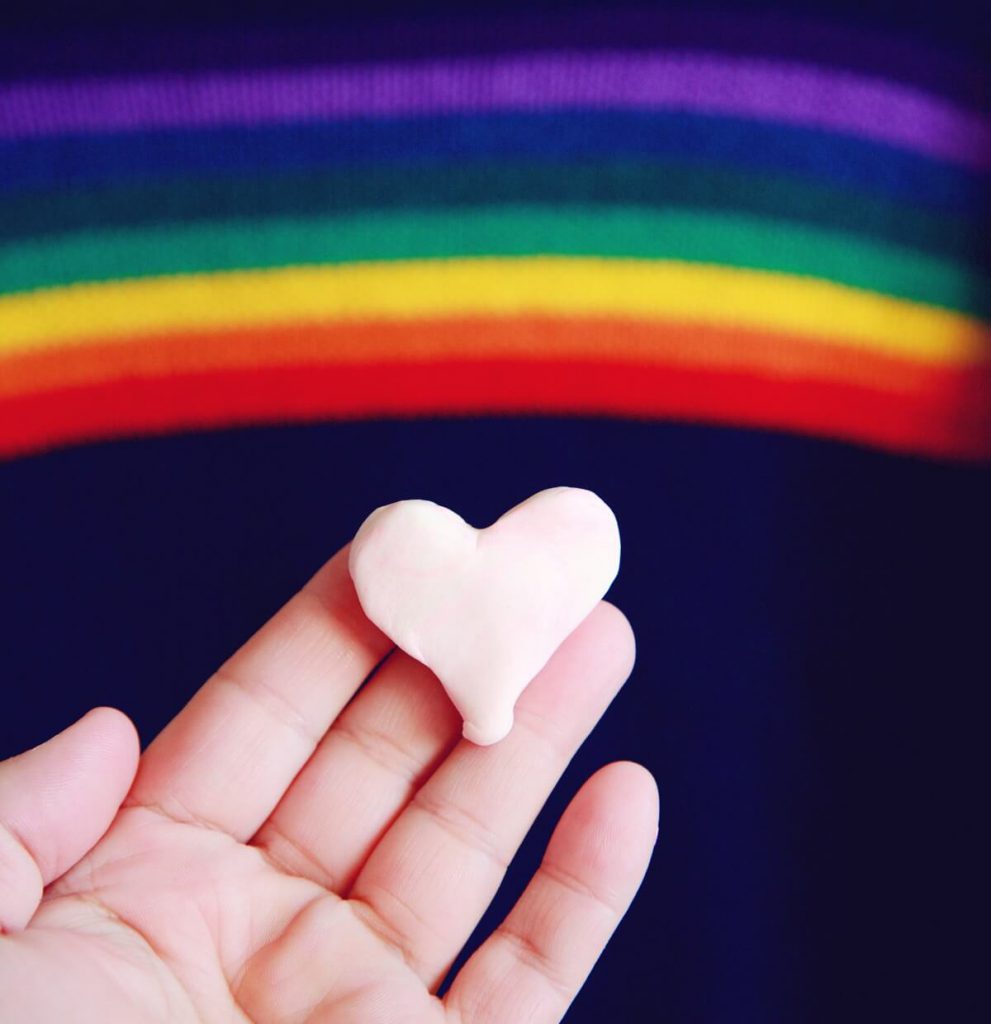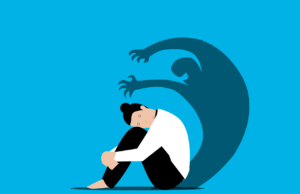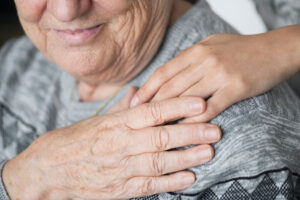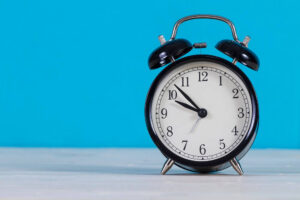
SEXUAL ORIENTATION, GENDER IDENTITY, GENDER EXPRESSION AND TRANSGENDER PEOPLE

This article is an introduction into the LGBT world, and from time to time, will be followed by discussions of specific issues.
Statistics
In a 2017 Gallup poll, 4.5% of the American population identified as LGBT.
A report published by the OECD in 2017 states that: “Estimates for the size of the LGB population vary considerably, depending on whether sexual orientation is defined by reference to sexual self identification, sexual behaviour or sexual attraction.” (p. 25)
No figures are provided for Israel.
In Israel, an informal source estimates that about 4 -10% of the population identifies as lesbian. No figures are provided by the LGBT Aguda on its website. According to their spokesperson, the government refuses to gather the relevant data – a survey would need to be done by the Central Bureau of Statistics.
Definition of terms
LGBT refers to lesbian, gay, bisexual and transgender.
LGB refers to sexual orientation, an enduring pattern of emotional, romantic and/or sexual attraction to same-sex or opposite sex people. Moreover, it refers to the individual’s sense of personal and social identity, based on these attractions, related behaviors and membership in a like-minded community. It is important to recognize that some people may choose not to ally themselves with any of these labels.
T stands for transgender or gender non-conforming. It is an umbrella term for those whose gender identity or gender expression (how a person expresses their gender outwardly) doesn’t conform to that of the gender assigned at birth. Some people who don’t identify as either women or men prefer the term, “gender queer.” Others may view themselves as “pansexual” or “asexual.”
Sexual orientation and gender identity are not the same.
Sex is assigned at birth and refers to one’s biological status as either male or female; it is associated primarily with physical attributes such as external and internal anatomy, hormones and chromosomes. Some people refer to themselves as “intersex” (an atypical combination of both male and female features). Indicators of biological sex include gonads, sex chromosomes, external genitalia and internal reproductive organs.
Sexual orientation denotes attraction to either same-sex or opposite-sex others (see above). It has been suggested that there is a continuum of sexual orientation; for some people it may be fluid.
Sexual orientation identity refers to “acknowledgment and internalization of sexual orientation and reflects self-exploration, self-awareness, self-recognition, group membership and affiliation, and culture. Sexual orientation identity involves private and public ways of self-identifying and is a key element in determining relational and interpersonal decisions, as it creates a foundation for the formation of community, social support, role models, friend-ship, and partnering…” (APA, 2009, p. 30)
Coming out refers to the process via which we acknowledge and accept our own sexual orientation. It also refers to the process in which we disclose our orientation to others. Some people may use this term in the context of transitioning from one gender to another.
Gender refers to the socially constructed roles, behaviors, activities, and attributes that a given society considers appropriate for girls/women or boys/men. This social influence affects the ways that people feel about themselves, act and interact. There are cross-cultural differences regarding aspects of gender, more so than aspects of biological sex.
Gender identity refers to the person’s sense of self as male, female or transgender.
Transgender and gender-variant people
When the person feels that the sex they were assigned to at birth does not fit them, and instead, they identify with the opposite gen-der, they may choose to transition from the sex they were assigned at birth to a different sex. Moreover, they may wish to alter their bodies via hormone therapy, surgery and/or other means, to align their bodies as much as possible with the desired gender. This process of transition based on medical intervention is referred to as gender reassignment or gender affirmation.
Thus people who were assigned female but identify and live as male, and alter or wish to alter their bodies through medical inter-vention to more closely resemble their gender identity, are female-to-male (FTM) transsexual men. People assigned as male who identify as female (MTF) are referred to as transsexual women.
Cross-dressing, wearing clothes traditionally associated with the other gender in the same culture, is not considered indicative of sexual orientation.
What is homophobia?
While it appears that some peoples, such as upper class men in Ancient Greece, celebrated homosexuality, many of the greatest artists and figures of all time, such as Plato, Michelangelo and Leonardo da Vinci are thought to have been homosexual, and it was known about others, such as Jean Genet and Benjamin Britten that they were gay, the world has a long history of fearing and persecuting homosexuals, as if it homosexuality posed some threat or danger to society as a whole.
The Old Testament prohibits intercourse between men (Leviticus 18: 22): “You shall not lie with a male as with a woman; it is an abomination .[תועבה]” Leviticus 20:13 repeats this law, along with a punishment for those who violate it: “They shall be put to death; their blood is upon them.”
To the best of my knowledge, the Torah does not address the topic of lesbian sex.
According to John Boswell, a gay Yale historian who examined Christianity, social tolerance and homosexuality and published what became a seminal book on this topic, the two main fears associated with homosexuality are as follows:
“The first is the ancient claim that societies tolerating or approving homosexual behavior do so at their own manifest detriment, since if all their members engaged in such behavior, these societies would die out.
“The first is the ancient claim that societies tolerating or approving homosexual behavior do so at their own manifest detriment, since if all their members engaged in such behavior, these societies would die out. This argument assumes—curiously—that all humans would become exclusively homosexual if given a chance.” (Boswell, 1980, p.8).
“The second threat which might be adduced as explanation of intolerance of homosexuality relates to its ‘unnaturalness.’” (ibid, p.11)
Boswell proceeds to document how these two “threats” do not hold water. For example, he argues that homosexuality exists in the animal world, but that even if humans were “the only species to demonstrate homosexual desires and behavior, this would hardly be grounds for categorizing them as ‘unnatural’” (ibid, p.13).
From the vantage point of the 21st century and the baby boom ob-served in gay and lesbian families in various countries, including Israel, the first “threat” has surely been dismissed. The concept of so-called
“unnaturalness” may be seen as an “index of the prejudice which in-spires it.” (Boswell, ibid).
In large measure, this negative attitude and attendant feelings against homosexuality (gay and lesbian) was institutionalized and fueled by governments as well as proponents and representatives of monotheistic religions, especially Christianity and Islam.
Among other things, homophobia reflects intolerance for and a concomitant fear of and rejection of the “other.” It is often ex-pressed as discrimination and harassment, at times torture and persecution. A case in point is Nazi Germany, which persecuted not only Jews, politically active persons, Romani persons, and gays, among others.
Since then, Russia instituted violent and institutionalized persecution of LGBT persons that escalated with the introduction of of a law against providing education on LGBT issues. While it decriminalized homosexuality in 1993, significant legal rights continue to be withheld from the LGBT community.
While many countries (e.g., Britain) have finally decriminalized homosexuality, many of their citizens continue to hold conservative views and do not approve of the gay community. This is reflected in the fact that their LGBT citizens do not enjoy the same legal rights as their non-LGBT counterparts.
Some countries continue to criminalize homosexuality and punish their gay citizens. For example, in Ethiopia, the maximum sentence is one year imprisonment, in Egypt and Syria, three years.
In some, the death penalty is a legal possibility that looms large above the heads of its homosexual citizens. These include: Afghanistan, Brunei, Mauritania, Pakistan, Qatar and UAE. Six countries implement the death penalty: Iran, Northern Nigeria, Saudi Arabia, Somalia, Sudan and Yemen.
How is homosexuality viewed by mental health profes-sionals?
While over the years, the LGBT community was feared, marginalized, pathologized, terrorized and persecuted, there have been major changes in the way LGBT people are currently perceived in many countries, including Israel. Decriminilization of consensual sex with same-sex partners, legal victories in important areas of living, such as parental and pension rights, acceptance and celebration of diversity, as evidenced, for example by annual Gay Pride events which so-called “straight” people also celebrate, all these mark advances in outlook and acceptance
Historically, the psychological and psychiatric communities have both reflected and influenced public opinion regarding the rejection or acceptance of the LGBT world.
Despite Freud’s tolerance of homosexuality during his lifetime in the late 19th and early 20th centuries, evidenced for example, by his widely quoted “Letter to an American Mother” and a 1930 interview published in the German newspaper, Die Zeit, subsequent psychoanalysts (e.g., Irving Biebring and Charles Socarides) were quite conservative in their conceptual understanding of homosexuality and psychosexual development, and shaped the thinking and practice of the American psychoanalytic community.
According to Richard Isay, a gay American psychoanalyst who has studied gay men and their development, “homosexuality was seen ipso facto as a perverse and deviant form of sexuality because gay men do not reach the theoretical normal developmental end point of resolving the Oedipal conflict by desiring someone like their mothers through an identification with their fathers.” (ibid, p.14). Elsewhere he observes that these analysts viewed homosexuals as “latent heterosexuals who are deviant or perverted in their sexuality because of emotional trauma (1989/2009, p.10).”
It is not known how many analysts still hold this outdated view.
Socarides was a co-founder of a research institute advocating turning homosexuals into heterosexuals, leading to so-called “conversion therapy” aimed at extinguishing homosexual desire.
Although an article published in 1998 in the New York Times suggested that internalized homophobia among psychoanalysts was already a thing of the past, in his book, reprinted in 2009, Isay points out that:
“Traditional psychoanalytic theory still asserts that unimpeded normal development leads to the mature expression of heterosexuality. Homosexuality, the theory holds, is caused by severe early developmental disturbances. These early disruptions are said to produce the conflict that results both in a turning away from heterosexuality and in the severe personality disorders that all homosexuals are believed to suffer.” (ibid, p.4)
Isay himself views homosexuality as primarily genetically-based, although he concedes some influence to the social environment and family. Based on his extensive clinical work with gay men, he does not view homosexuality as a developmental arrest. Instead, he has proposed “a framework for an understanding of the normal development of gay men.” (ibid).
Generally speaking, over the past fifty years, the mental health community of psychologists, psychiatrists and psychoanalysts had made some notable headway. For example, in 1973, the American Psychiatric Association removed homosexuality from its list of
mental disorders. Two years later, the American Psychological Association adopted a resolution that being gay was no longer to be stigmatized and pathologized. In large measure, this change in attitude was due to political lobbying and pressure by the LGBT community.
Despite these advances, “psychoanalysts persisted well into the 1980's in describing homosexuality as a "perversion," and analysts continued to speak of their ability to "cure" the "serious character disorders" of their gay patients.” (Goode, 1998). It is only since 1992 that psychoanalytic institutes began accepting gay and lesbian candidates for training to become psychoanalysts them-selves. Until then, it was seen as a major impediment and grounds for rejection of an application.
In accordance with the changing social and political climate, as well as advances in what is known about human sexuality, a num-ber of analysts are attempting to develp new theories that account for homosexuality as an expression of normal development.
Compared with traditional psychoanalysis, other schools of thought have been more far more accepting and favorable in their views.
Despite accumulating evidence for a biological/genetic explanation regarding homesexuality, including studies of how hormones influ-ence the fetus in the womb, it has been argued that the jury is not in, that there is still not enough evidence for a definitive causal hypothesis.
What has been made abundantly clear is that there is no justifica-tion whatsoever for attempting to change a person’s sexual orien-tation, whether by persuasion or so-called “conversion therapy.” (APA, 2009). These attempts are not only cruel and unwarranted, but doomed to fail, as research has shown (Shidlo & Schroeder, 2002; Shidlo & Gonsiorek, 2016). Many countries and U.S. states have banned conversion therapies with minors
Common issues dealth with in therapy
Just like heterosexual individuals, both LGB and transgender or gender-variant people may seek psychotherapy for a variety of reasons. Members of the LGBT community may also struggle with specific issues associated with their sexual orientation and/or gender identities and patterns of gender expression. Moreover, they may need to address complex relational, familial and/or societal issues that stem from or are associated with their LGBT attractions and/or patterns of identification. For example, they may need to explore their felt sense of where they stand vis-a-vis their attachment figures (e.g. primary caregivers), their sexuality and/or gender identity issues.
In large measure, many of the issues both gay and transgender people may struggle with, whether on their own or in therapy, stem from the familial and/or social rejection of their uniqueness and their differences.
For some, becoming aware of one’s unique differences may be accompanied by self-acceptance, pride and celebration. There may be a sense that one can finally be oneself, even if this “being-oneself” differs from the prevalent and familiar norms.
For others, dealing with one’s sexual orientation or gender affirmation may be wrought with feelings of profound shame and guilt, perhaps accompanied by a sense of not being an “apparently normal person” belonging to the mainstream and thus failing their family; concerns regarding whether, how and to what extent one will be accepted or rejected by significant others (e.g., friends, colleagues, family). These worries may be compounded by a fear of potential repercussions affecting one’s job or career.
In addition to an inner conviction of not belonging, there is often a painful encounter with some form of discrimination and/or emotional harassment. This abuse may be verbal, physical and/or financial.
Last but not least, transgender people must often deal with complex medical procedures and ways to finance them, as well as their sequelae. It takes a lot of determination and guts to transition from being female to being male, or vice versa, and there are many pitfalls along the way. A social support system must be in place and new resources (both inner and external) developed as needed.
For many, a meaningful connection with a trustworthy, well-trained and empathic professional, preferably with some experience in working with LGBT clients, may be crucial.
References
APA (2009). Report of the APA Task Force on Appropriate Therapeutic Responses to Sexual Orientation.
APA (2011, 2014). Brochure: Answers to your questions. About transgender people, gender identity, and gender expression.
APA (2020). Lesbian, gay, bisexual, transgender.
APA (2020). Transgender identity issues in psychology.
Boswell, J. (1980). Christianity, social tolerance and homosexuali-ty. Chicago: The University of Chicago Press.
Dershowitz, A. (2018). The secret history of Leviticus. New York Times (July 21, 2018).
Isay, R. (2009). Being homosexual. Gay men and their develop-ment. New York: Vintage.
Newport, F. (2017). Gallup Poll. In US, estimate of LGBT popula-tion rises to 4.5%. https://bit.ly/2z6TJy2 (last accessed, June 6, 2020).
Shidlo, A. & Schroeder, M. (2002). Changing sexual orientation. A consumers’ report. Professional Psychology: Research and Prac-tice, 33 (3), 249-259.
Shidlo, A. & Gonsiorek, J.C. (2016). Psychotherapy with clients who have been through sexual orientation change interventions or request to change their sexual orientation. In K. DeBord, T. Perez, K. Bieschke, & A. Fischer (Eds.), The Handbook of Sexual Orienta-tion and Gender Diversity in Counseling and Psychotherapy.
Washington DC: American Psychological Association.
Valfort, M.A. (2017). LGBTI in OECD countries: a review. Working Paper No. 198. https://dx.doi.org/10.1787/d5d49711-en (last accessed, June 6, 2020).
1. The above verses appear in the context of a differentiation be-tween Jews and pagans. The word תועבה has to to with something that is ritually unclean. It has been claimed by a Biblical scholar that the above passages in Leviticus did not appear in the original version of Leviticus (Dershowitz, 2018). According to this author:
“Like many ancient texts, Leviticus was created gradually over a long period and includes the words of more than one writer. Many scholars believe that the section in which Leviticus 18 appears was added by a comparatively late editor, perhaps one who worked more than a century after the oldest material in the book was composed. An earlier edition of Leviticus, then, may have been silent on the matter of sex between men.”









